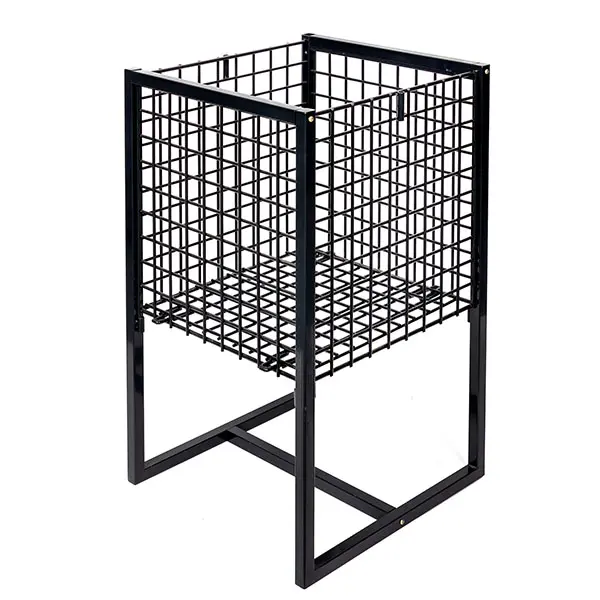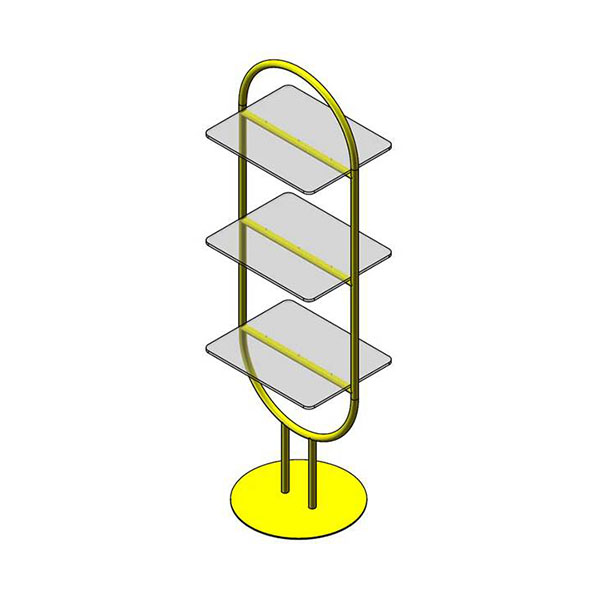POP Displays vs. POS Displays
In the industry of retail visual merchandising, two indispensable instruments wield considerable influence over consumer behavior: POP (Point-of-Purchase) displays and POS (Point-of-Sales) displays. Despite their shared objectives, the fundamental disparity lies in their placement within the retail setting and their distinct approaches to driving sales.
POP display stands are strategically situated at pivotal junctures where customers finalize their purchasing decisions. These display racks beckon shoppers with enticing visuals and persuasive messaging, aiming to sway their choices in favor of promoted products.

Conversely, POS display stands take center stage at the finish of the shopping journey, positioned strategically near the cash register where transactions are completed.

Here, their purpose is not only to capture attention but also to capitalize on impulse buying tendencies or the desire to meet minimum spending thresholds for discounts, nudging customers to add supplementary items to their carts before they conclude their shopping experience.
Key Points of Distinction: POP Displays vs. POS Displays
Location:
POP displays are found throughout the store, strategically placed near the promoted products, just like freestanding displays, countertop displays, hanging displays, built-in displays, digital POP displays, etc.
In contrast, POS displays are predominantly located in the checkout area, aiming to capture the attention of customers during the final stages of their shopping journey.
Functionality:
On one hand, POP displays excel in promoting products and driving sales by attracting customers' attention and influencing their purchasing decisions.
On the other hand, POS displays are particularly effective in stimulating impulse purchases. You can also place products with smaller prices to facilitate customers to quickly collect the full discount, making full use of customers' mentality when they are ready to complete the transaction.
Components:
The POP encompasses a variety of advertising materials, including signage, standalone displays, aisle fixtures, and banners, all strategically positioned to capture shoppers' interest. However, there are a few types of POS and a few related fixtures and accessories.
These displays can feature both printed and digital elements, leveraging multimedia to engage consumers effectively.
Scope:
While POP displays are dispersed throughout the store or other retail environments, contributing to the overall ambiance and marketing efforts, POS displays are primarily concentrated in the checkout area, serving as a final opportunity to drive additional sales before customers leave the store.
Conclusion:
In summary, while POP and POS displays serve complementary roles in retail marketing, their differences in placement, functionality, components, and scope are crucial to understanding their respective impacts on customer behavior. POP displays aim to influence purchasing decisions by strategically positioning promotional materials throughout the store, whereas POS displays focus on capitalizing on impulse buying tendencies in the checkout area. By leveraging these distinct strategies, retailers can effectively enhance their marketing efforts and drive sales across various touchpoints within the retail environment.
For details of different display stands, don't hesitate to get in touch with Solid Displays, an ODM (original design manufacturer) of POP and POS display stands since 2008.
Related Posts





